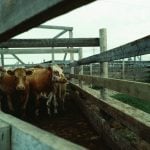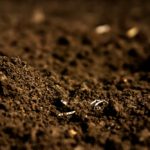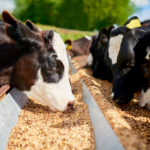As we gear up to fill the sprayer and begin killing weeds maybe we should take another look at what is in the other 999 gallons in the sprayer. It is well known that the water should be clean with no silt or debris present, but this piece deals with the dissolved “goodies” you cannot […] Read more













